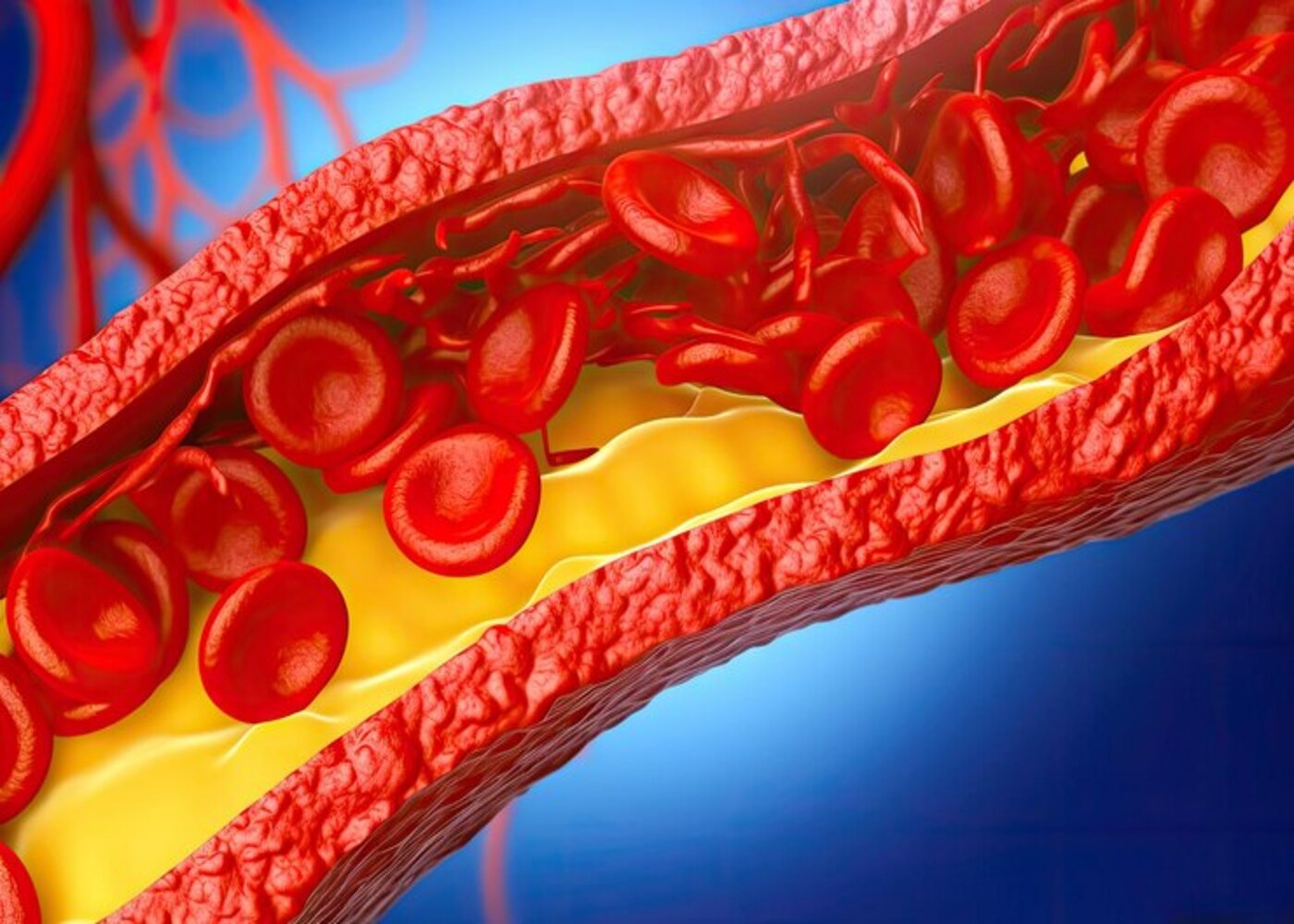
The journey of healing and tissue regeneration has been revolutionized with the discovery of BPC 157, a peptide with remarkable healing properties. This compound, originally derived from human gastric juices, has shown significant potential in accelerating the repair and healing of various tissues, including muscles, tendons, and nerves.
Understanding BPC-157
BPC-157, a peptide of 15 amino acids, is known as Body Protecting Compound for its healing effects. Its structure is synthesized to mimic a protein fragment naturally found in the human stomach. Its stability in human gastric juice makes it unique, indicating potential for oral administration. This feature sets it apart from many other peptides, which degrade rapidly in such environments.
Mechanism of Action
The efficacy in healing is primarily due to its role in angiogenesis, forming new blood vessels. Promoting angiogenesis enhances blood circulation to damaged areas, which is crucial for delivering nutrients and oxygen required for healing. Furthermore, it influences various growth factors that are integral to the repair and regeneration of tissues. These factors include VEGF (Vascular Endothelial Growth Factor), pivotal in blood vessel formation.
Potential in Tissue Repair
Its role in tissue repair is not limited to a single tissue type. It has shown positive effects in the healing of tendons, which are often slow to heal due to their poor blood supply. Accelerating tendon-to-bone healing could significantly benefit athletes and individuals with tendon injuries. In muscle tissues, it reduces recovery time, which is particularly advantageous following muscle injuries or surgeries.
Effects on Inflammation and Wound Healing
The anti-inflammatory properties make it a powerful tool for managing and reducing inflammation. Controlling the inflammatory response ensures that the healing process is not hindered by excessive swelling or pain. This property is especially beneficial in wound healing, where managing inflammation is critical for preventing infection and promoting faster tissue repair.
Potential Neuroprotective Effects
Beyond its healing capabilities in physical tissues, it may also offer neuroprotective benefits. It has shown potential in protecting nerve cells and aiding the recovery from nerve injuries. This could have significant implications in treating conditions like neuropathy or in the recovery from spinal cord injuries, where nerve regeneration is crucial.
Safety and Research Perspectives
The journey from laboratory research to clinical use is long and complex. While many animal studies have shown promising results, translating these findings to human applications requires extensive clinical trials to establish safety and efficacy. Though promising, the current body of research on BPC-157 is still in its nascent stages, particularly concerning human studies.
Enhancing Gastrointestinal Health
A particularly intriguing aspect is its potential benefits in gastrointestinal health. Originating from a protein found in the stomach, it is inherently equipped to withstand the acidic environment of the gastrointestinal tract, suggesting its potential for oral administration. It has been observed to exhibit protective effects on the gut, including healing and preventing ulcers, reducing inflammation in conditions like inflammatory bowel disease, and repairing damage from overuse of NSAIDs (Non-Steroidal Anti-Inflammatory Drugs). Its ability to enhance the integrity of the gut lining and promote healing in the digestive tract makes it a compound of significant interest in gastroenterology.
Regenerative Medicine and Future Applications
Its implications in the field of regenerative medicine are vast. Regenerative medicine aims to establish normal function by repairing, replacing, or regenerating human cells, tissues, or organs. Its potent healing and regenerative capabilities could be pivotal in this field. It holds the potential to heal injuries and wounds and treat degenerative conditions, possibly slowing or reversing the effects of diseases that deteriorate tissues or organs. Integrating regenerative medical practices could signify a groundbreaking shift in treating various degenerative and traumatic conditions as research advances.
Conclusion
In summary, exploring BPC-157 in medical science is a beacon of hope for enhancing human healing processes. Its multifaceted role in promoting tissue repair, combined with anti-inflammatory and neuroprotective properties, positions it as a compound of significant interest in future medical treatments. As research evolves, it could transform healing and recovery approaches, marking a new era in regenerative medicine.




















Comments (0)
Write a Comment